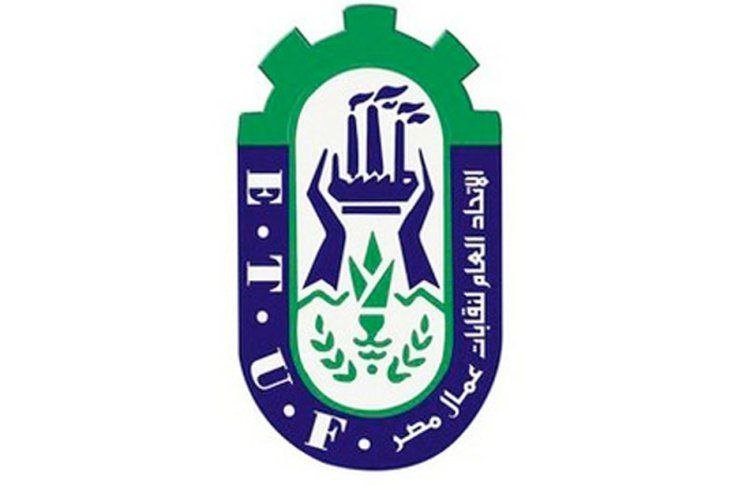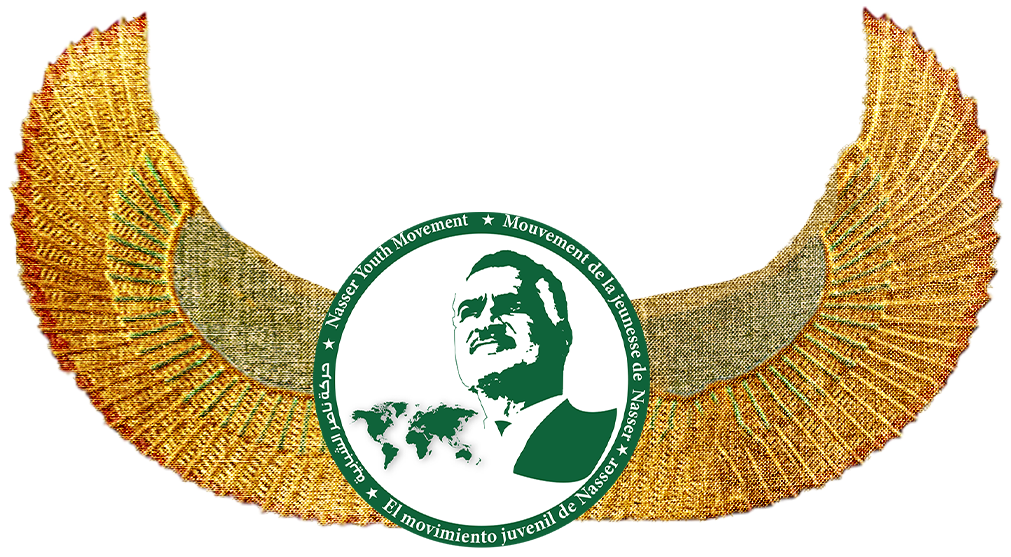Egyptian Workers Union

Reviewed by: Wafaa El-houseiny
Translated by: Zeinab Mohamed
Egyptian Workers Union: Nation Makers Voice
The existence of the Egyptian labor movement goes back to ancient times in history, since the Nile Valley civilization was based on sanctifying work and honoring workers. The ancient Egyptians could not have achieved the achievements they achieved in the fields of architecture, engineering, agriculture, industry, mining, painting, and sculpture unless their collective movement was based on precise organization, and fair principles that govern the relations between the various social forces, and allow them to express the creative energies inherent within a framework of objectivity and freedom.
Ancient Egyptian society introduced the weekly holiday system and codified workers’ rights on the basis of social solidarity far from contradiction and conflict. It also knew the system of cities and workers’ gatherings, as three workers’ cities were discovered that were built about five thousand years ago.
With the successive stages of history, the labor movement in Egypt became known as the “sect system,” which dates back to the Middle Ages. It included categories of artisans and craftsmen, especially during the era of the Roman Empire, to which Egypt was subject for a long period.
A sect refers to a group of people working in one craft, headed by a Sheikh (chief of the tribe) who takes care of its affairs. The sect Sheikhs had deputies and agents known as union leaders who were chosen by the rulers of the cities in which they resided.
The Sheikh performed a very important role, as he was the one who settled disputes that arose between members of the sect. He determined the prices of products, arranged pay grades, allowed the entry of new members, directed the implementation of contracts, and collected fees and taxes imposed on members of the sect. This system remained in effect until the beginning of 1890, when the Patina Law was issued, putting an end to dealing with the sect system.
The issuance of this law and the abolition of the sect system marked the beginning of the emergence of trade union organizations for workers, which resulted in the formation of the Cigarette Workers Union in Egypt in 1898. As the first Egyptian union, it was born in the wake of a successful strike that occurred at the end of that year and ended in February 1900.
Thus, the birth of trade union organizations in Egypt began in the period from 1900 to 1920, as they started to exercise their role and organize strikes, despite the absence of a law to protect them and give them legitimacy.
Solidarity was a goal for workers to achieve strength, solidarity, and unity to achieve their interests, which resulted in the establishment of trade unions in various parts of the country and in all categories and sects of workers, which made them able to aspire to broader horizons for growth and prosperity. With the rise and growth of the Egyptian national movement demanding independence, led by Saad Zaghloul, workers called for the establishment of a general federation of trade unions that would organize the trade union movement and unite its steps in the economic, social, and political struggle.
In 1920, the founding conference of the union was held in the city of Alexandria and was attended by representatives of the trade unions. However, the government, business owners, and, on top of them, the British authorities, responded to the invitation to this conference with great fear because of the threat it represented to their interests. Thus, the authority resorted to issuing Law No. (2) of 1921 in an attempt to restrict trade unions and deprive them of collecting subscriptions. the law stipulates that it is not permissible to assign wages to a union, association, or company, regardless of the form in which that association is formed. It was a blatant attempt to strike unions and deprive them of collecting subscriptions, which is one of the most important components of their existence. Moreover, a series of laws restricting strikes were issued to rob trade unions of their weapons.
In September 1942, the first law recognizing unions was issued in Egypt, No. 85 of 1942. The unions in Egypt were facilities unions, as the law prohibited union organization for government and agricultural workers until 1959 when facilities unions were abolished. Moreover, the general union system was introduced at the industry level, which is the current system. It stipulates the classification of industries and economic activities in which workers can form a general union into 23 general unions, led by the Egyptian Trade Union Federation, which announced its establishment during the era of President Gamal Abdel Nasser, specifically on January 30, 1957.
This federation (the General Federation of Egyptian Trade Unions) leads the Egyptian trade union movement and formulates its general policies that achieve its goals internally and externally. Its headquarters are located at 90 El Galaa St in Cairo, and it was inaugurated by President Gamal Abdel Nasser.

The building includes the union’s board of directors and the headquarters for the general assembly representing about 30 million Egyptian workers in various fields as well as governmental and private bodies. It also includes the main meeting hall that has witnessed the most important meetings of the Egyptian Workers’ Union since its founding.
Union objectives
Defending the rights of Egyptian workers, taking care of their common interests, and working to raise their economic, social, and cultural levels.
Participating in discussions about the draft of general economic and social development plans.
Expressing its opinion on draft laws, regulations, and decisions related to regulating labor and workers’ affairs.
Coordinating between public unions and assisting them in achieving their goals.
Establishing a code of ethics for union work within the framework of prevailing principles and values.
Establishing and managing cultural, scientific, social, cooperative, health, credit, and recreational labor institutions that provide their services at the level of the republic and achieve its objectives. These institutions shall have a legal acknowledgment.
Participating in Arab, African, and international labor fields and affirming the role of the Egyptian trade union movement in these fields.

